| |
Family (Alpha): | |
| View | Acrididae Members:
| NC Records |
|---|
Eotettix pusillus Morse, 1904 - Little Eastern Grasshopper |

Nymph | 
Adult male | 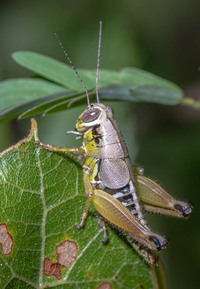
Adult female |
|
|
|
|
|
Image Gallery for Eotettix pusillus - Little Eastern Grasshopper
|
 | Recorded by: Steve Hall, Bo Sullivan, Jim Petranka
Scotland Co.
Comment: Found in a Pea Swale in the Sandhills Game Land | 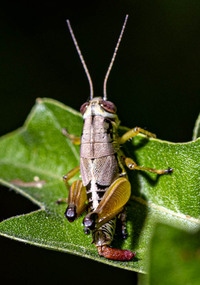 | Recorded by: Steve Hall, Bo Sullivan, Jim Petranka
Scotland Co.
Comment: Found in a Pea Swale in the Sandhills Game Land |
 | Recorded by: Stephen Hall
Pender Co.
Comment: |  | Recorded by: Stephen Hall
Pender Co.
Comment: |
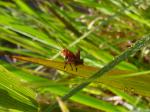 | Recorded by: E. Corey
Onslow Co.
Comment: | 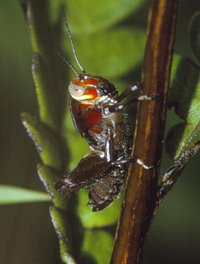 | Recorded by: Stephen Hall
Hoke Co.
Comment: |
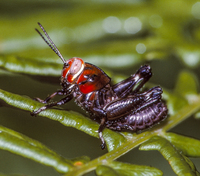 | Recorded by: Stephen Hall
Cumberland Co.
Comment: | 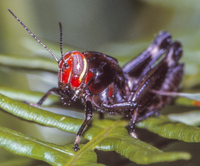 | Recorded by: Stephen Hall
Cumberland Co.
Comment: |
 | Recorded by: Steve Hall
Pender Co.
Comment: Adult male |

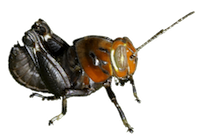 »
»

 »
»